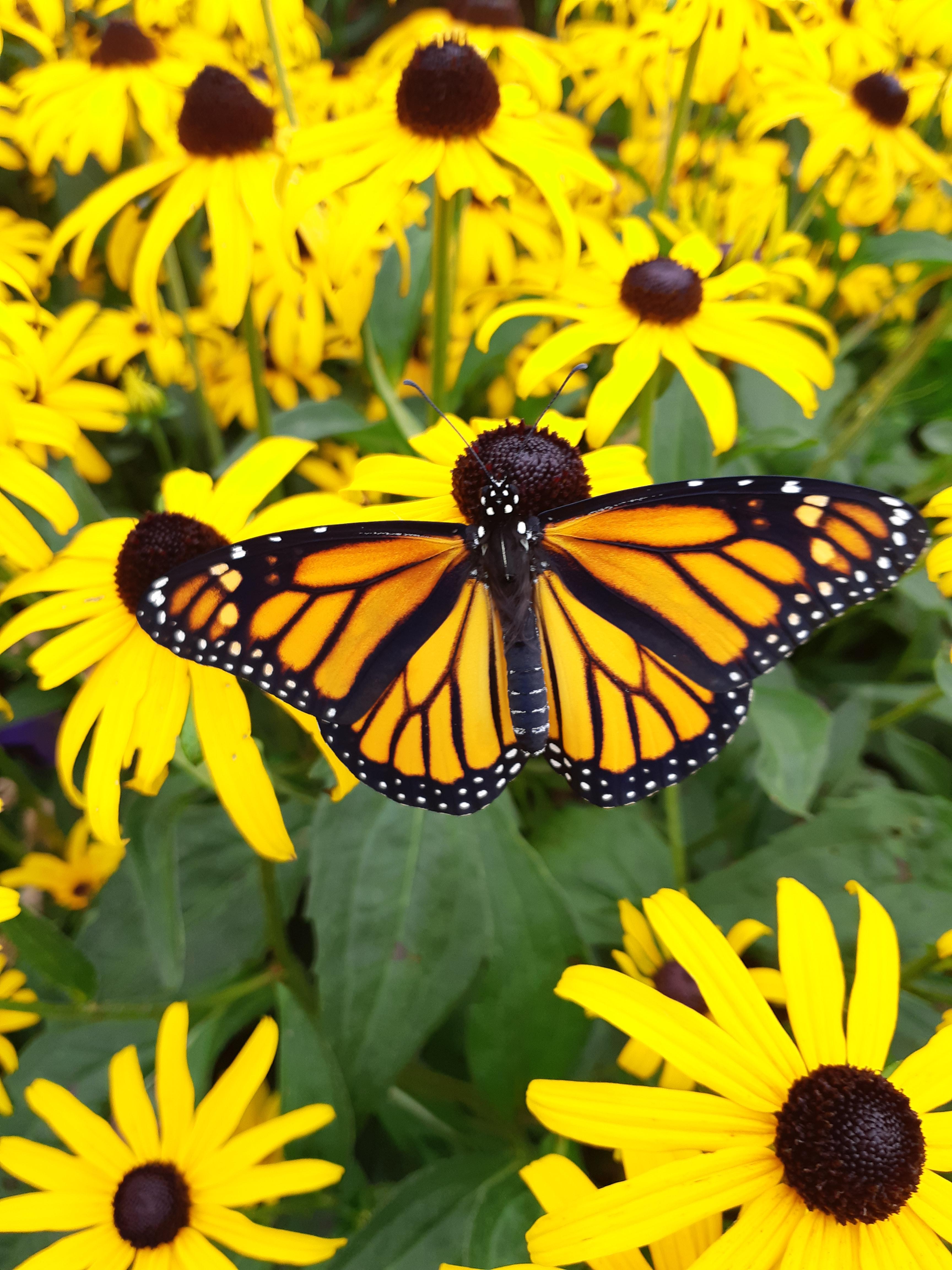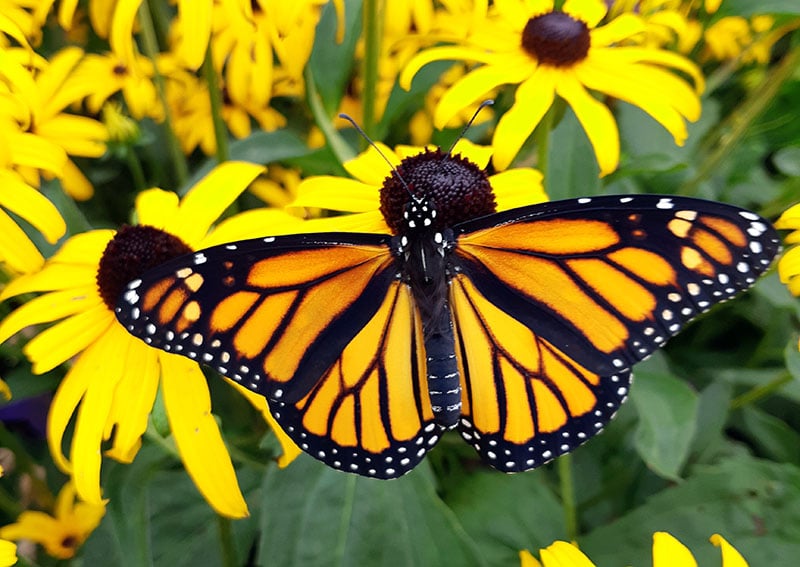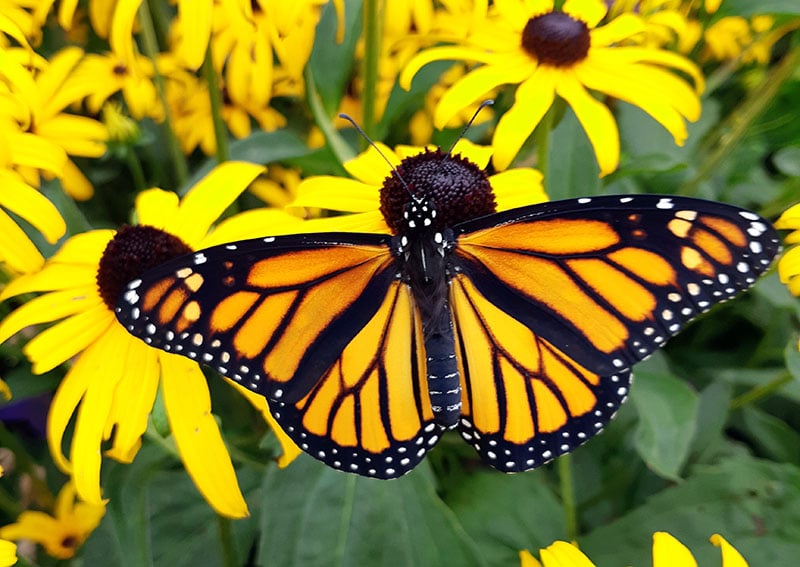Earth day is right around the corner! And what creature is more symbolic of nature's beauty than the Monarch Butterfly?
It’s no doubt that Monarchs are one of the most beautiful and striking of all butterflies. Known for their black and orange colouring and their incredible 3,000 mile migration; Monarchs are a fascinating species of butterfly and a joy to all those who encounter them. Last summer, I even raised 132 eggs to butterflies - which is where I took all these cool photos.
Check out some fun facts about these magnificent creatures and learn about their amazing metamorphosis from caterpillar to butterfly!
- Monarchs only lay their eggs on Milkweed plants and Milkweed plants are the only food Monarch caterpillars will eat. Inside the plant is a sticky sap that is mildly poisonous, this poison stays in the caterpillar’s body and after they turn into a butterfly and has a bitter taste that warns predators not to eat them.
- Monarch eggs hatch in just 3 to 5 days. Usually the hatched larvae will eat their eggshell.
The caterpillar stages are called instars and last two weeks. Each caterpillar goes through five molts (or shedding its skin) to grow larger until they are ready to pupate. - The Very Hungry Caterpillar is no joke! The only job of the caterpillar is to eat, eat, eat all day long. Some consume 27,000 times their body weight in the caterpillar life. That’s one very hungry caterpillar!
- When the caterpillars are fully grown, they are ready to begin their metamorphosis. Caterpillars will spin a silk pad on leaves, branches, fences and even door frames and climb into a position called “hanging J”. They will stay in this position for 12 to 15 hours before they straighten out and begin to pupate and turn into a chrysalis.
- The pupation into a chrysalis takes only about a minute. The caterpillar will flex its muscles and begin shedding its skin and wiggling around until the bunched-up skin drops off.
- The Monarch chrysalis hardens into a beautiful jade green which becomes more and more opaque through the first week. From their it will start to go clear and you can see the monarch inside. That newly transformed caterpillar will emerge from the chrysalis in about 10-14 days as a beautiful orange and black Monarch butterfly.
- It takes between 2 to 5 minutes for the butterfly to emerge and once out, it will hang upside down and pump fluid from its body out into its wings. When the wings are filled and dried the butterfly will take off in search of nectar from flowers. Some butterfly favourites include, Milkweed, Asters, Verbena, Zinnias, Coneflower (Echinacea), Cosmos and Black-Eyed Susan’s.
- It takes 3 or 4 generations of Monarchs to complete the cycle from their overwintering location. The Monarchs that overwinter in Mexico head out in the Spring to find mates and lay their eggs on the milkweed leaves. Those eggs hatch and become the next generation who continue the journey but only live for a few months. The cycle is repeated, and the 4th and final generation are called “Super Monarchs” because they live for up to 6 months to be able to make the long journey back to Mexico. They can travel up to 500 miles per day!
Unfortunately, Monarch populations are in decline from habitat and food loss as well as harmful pesticides and pollution. You can help save this at-risk species by doing just a few simple things:
- Planting Milkweed plants. They are where Monarch Butterflies will lay their eggs and the only source of food for Monarch caterpillars.
- Planting pollinator friendly flowers.
- Stop using harmful pesticides.
Spread the word and help increase conservation efforts! Together, let's take care of the Earth, and all its beautiful creatures.
All photos were taken by Jackie Avdichuk
Monarch Egg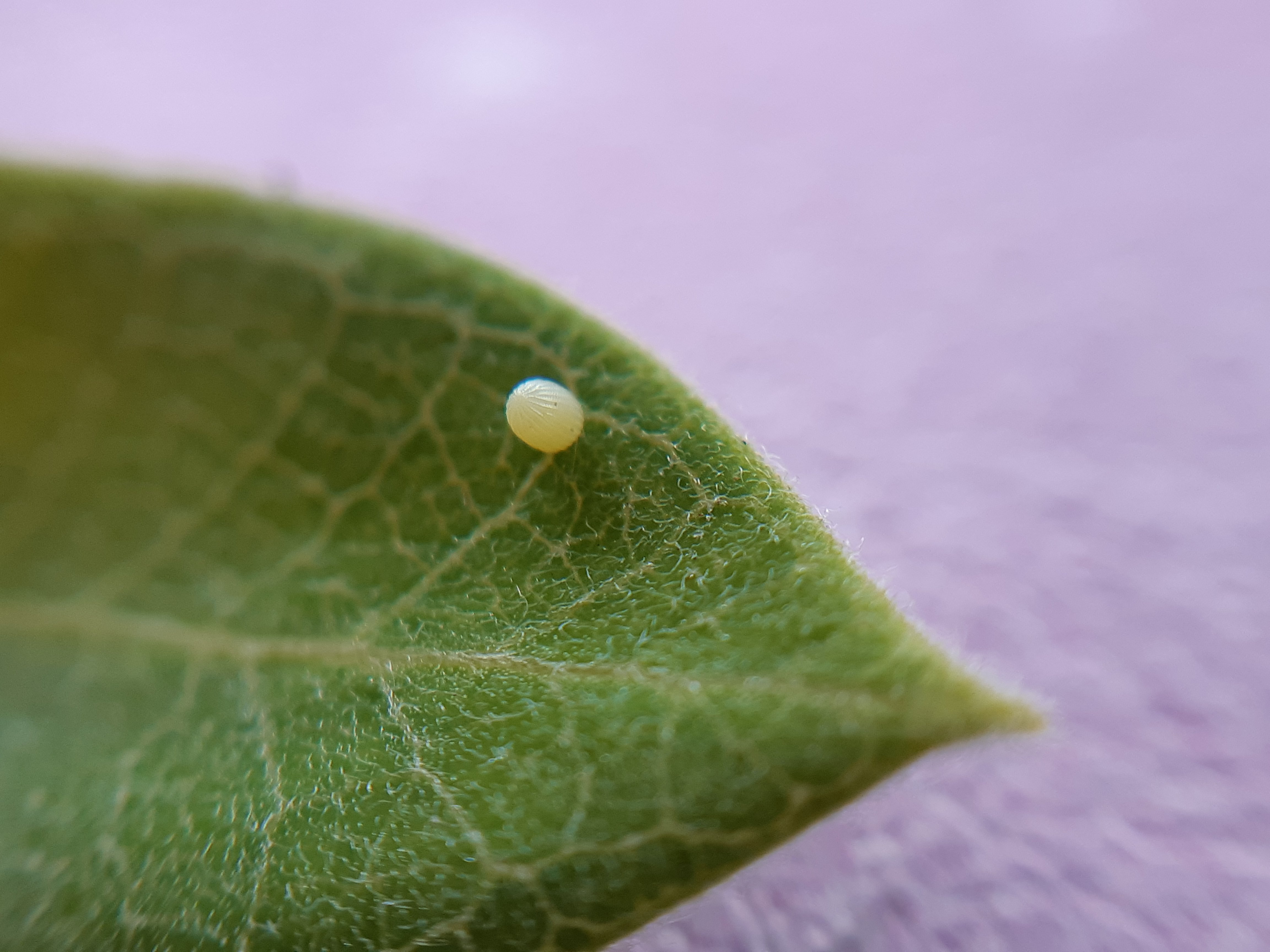
Baby Monarch Caterpillar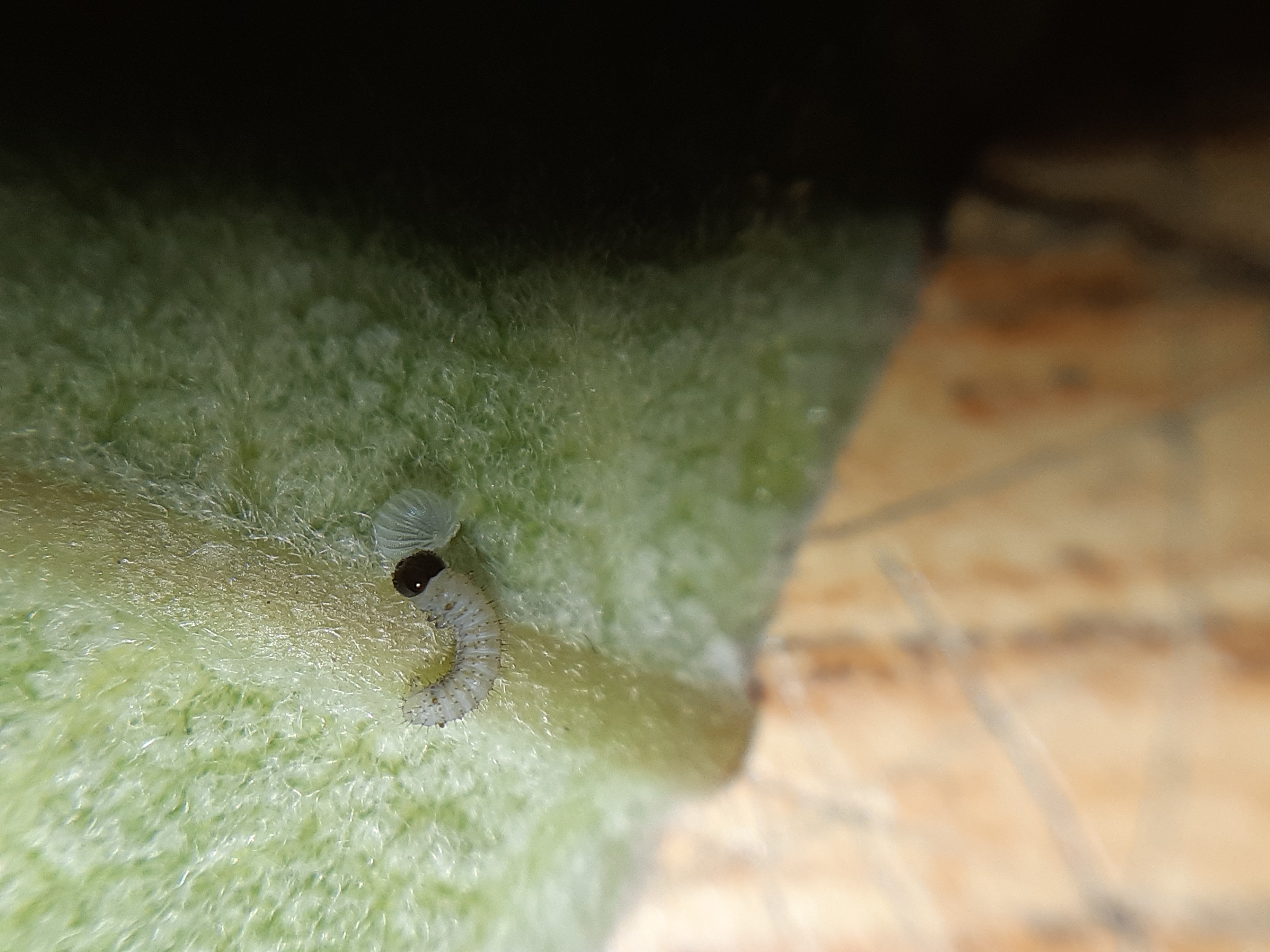
Second Instar Caterpillar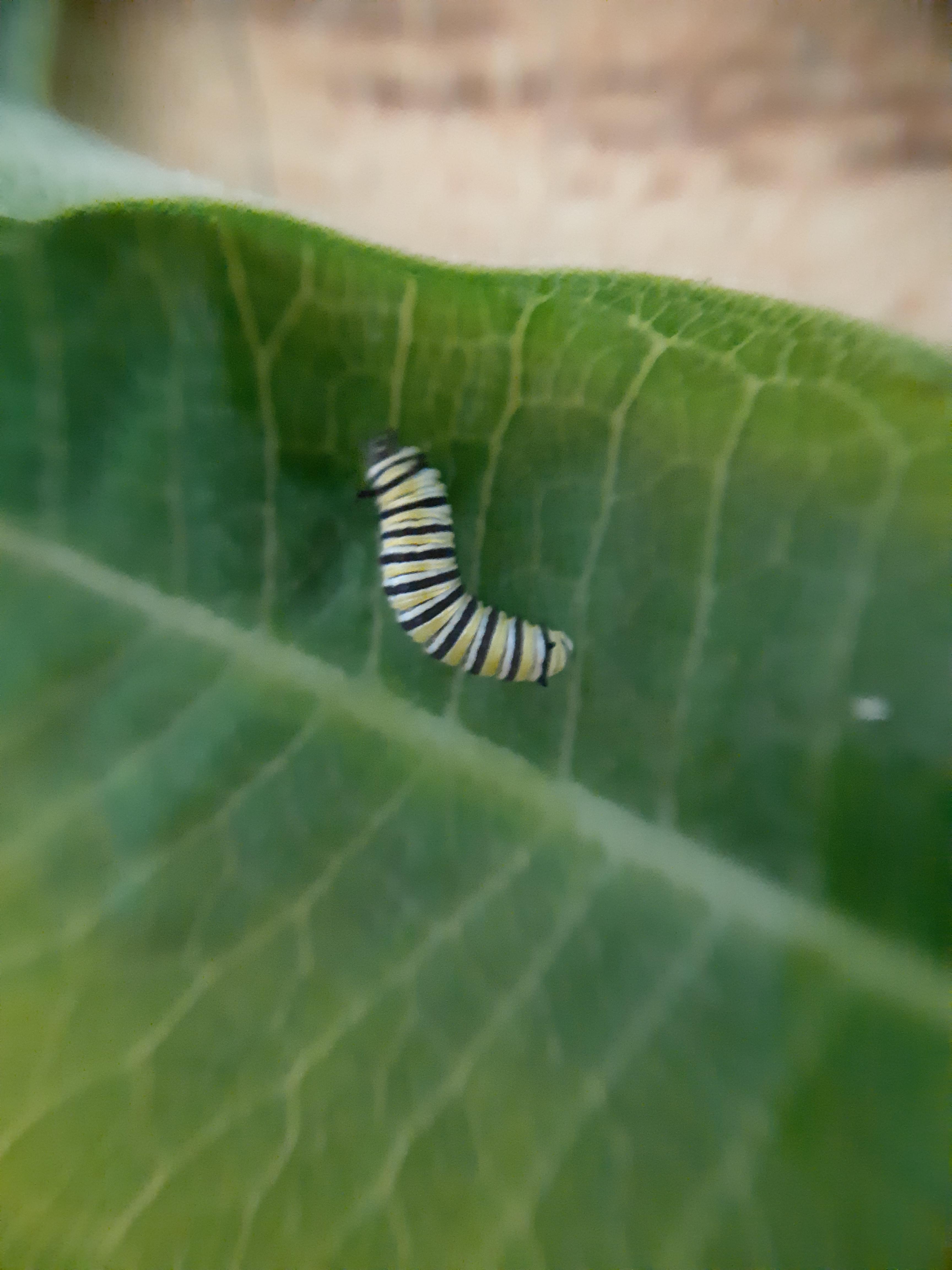
5th Instar Caterpillar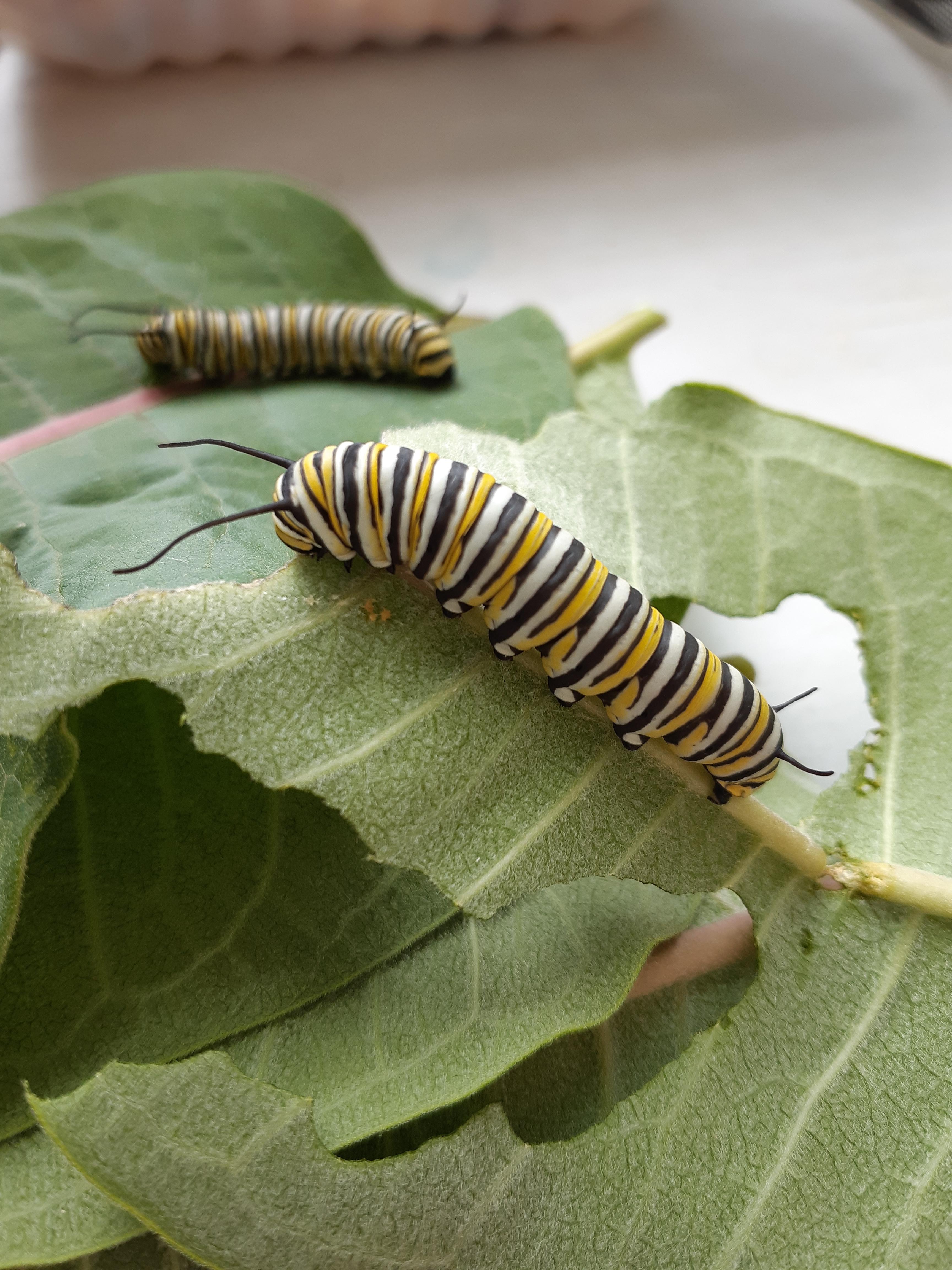
Male Monarch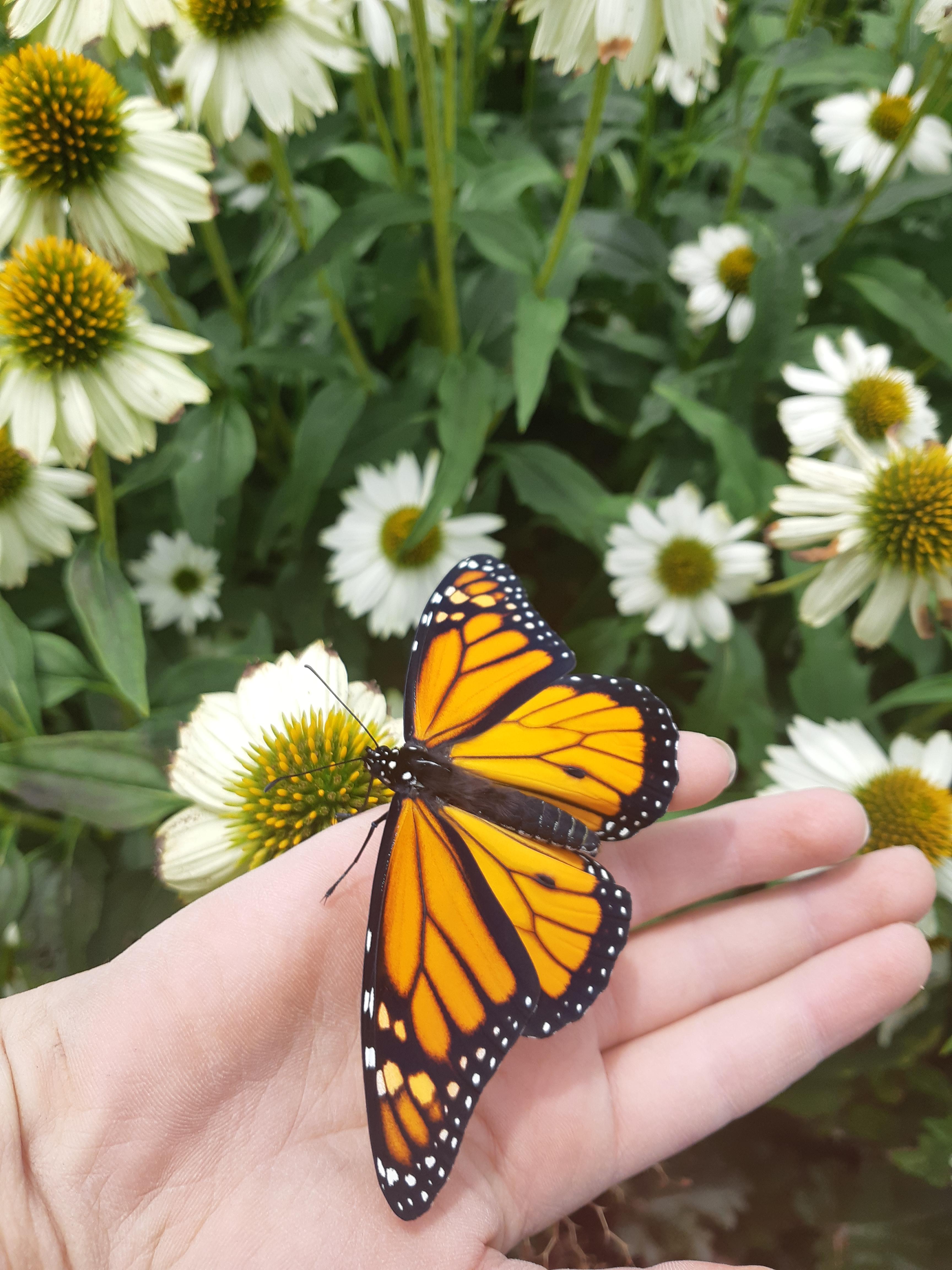
Female Monarch